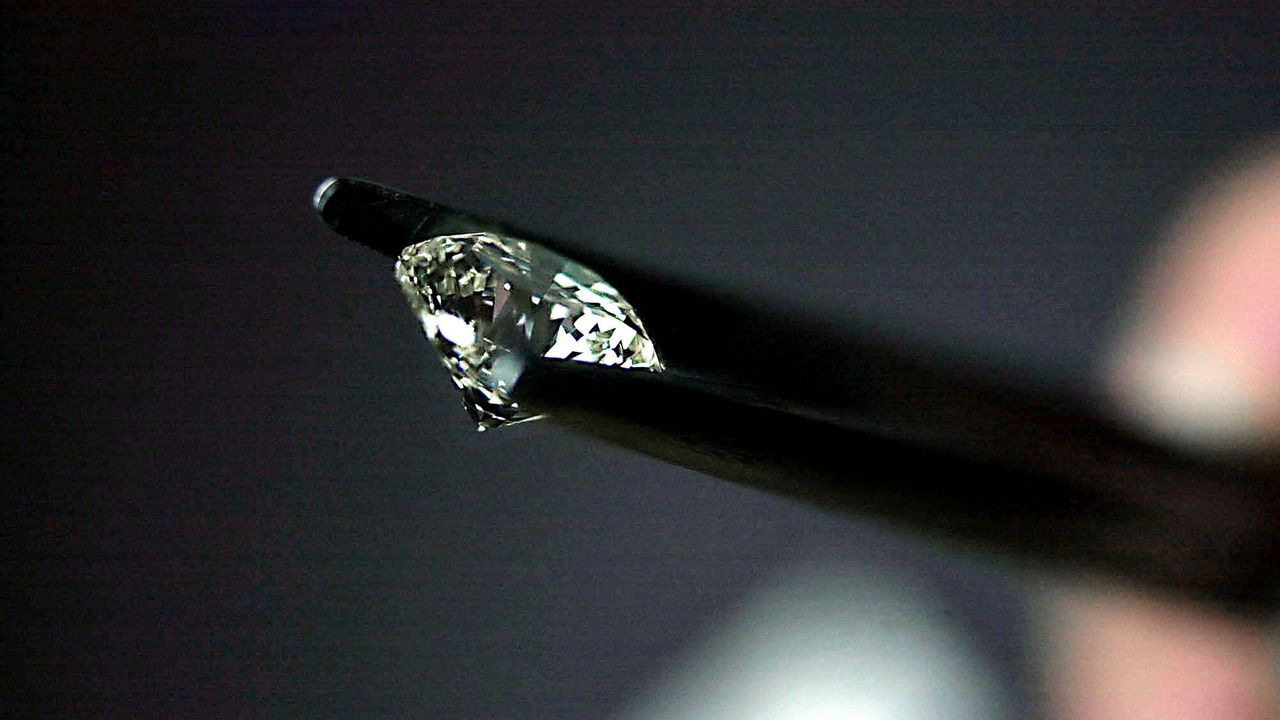In a world where sustainability and ethics are increasingly in the spotlight, the diamond industry has undergone a significant transformation. As we delve into the realms of cultures and lab-grown diamonds, we uncover a fascinating intersection of tradition, innovation, and ethical considerations.
Table of Contents
The Shifting Landscape of Diamond Consumption
Traditional Diamonds: A Legacy of Conflict
For decades, traditional diamond mining has been plagued by issues of conflict, exploitation, and environmental degradation. The allure of natural diamonds has often overshadowed the ethical concerns surrounding their extraction, leading to a demand-driven industry fraught with controversy.
The Rise of Lab-Grown Diamonds
Enter lab created diamonds, a disruptive force challenging the status quo of the diamond market. Cultivated in controlled environments using advanced technology, these diamonds offer a sustainable and ethically sound alternative to their mined counterparts.
Cultures and Their Relationship with Diamonds
Diamonds in Cultural Traditions
Throughout history, diamonds have held significant cultural and symbolic value across various societies. From engagement rings symbolizing eternal love to adornments signifying status and power, diamonds have woven themselves into the fabric of human culture.
The Evolution of Diamond Symbolism
As cultures evolve, so too does the symbolism attributed to diamonds. While traditional notions of luxury and romance persist, modern interpretations reflect shifting values towards sustainability and social responsibility.
Lab-Grown Diamonds: A Cultural Shift
Redefining Luxury
In a world where conscious consumption is on the rise, lab-grown diamonds offer a new definition of luxury. Ethical sourcing and environmental sustainability resonate deeply with culturally conscious consumers seeking products aligned with their values.
Bridging Tradition and Innovation
Lab-grown diamonds bridge the gap between tradition and innovation, offering a blend of timeless beauty and cutting-edge technology. As cultural perceptions evolve, these diamonds serve as a symbol of progress and responsible stewardship of natural resources.
Exploring the Ethical Dimension
Ethical Considerations in Diamond Mining
Traditional diamond mining has long been associated with human rights abuses, environmental destruction, and funding of armed conflicts. The ethical implications of supporting such practices have sparked a growing demand for alternative options.
Ethical Integrity of Lab-Grown Diamonds
Lab-grown diamonds offer a transparent and ethical alternative to mined diamonds. Produced without the environmental and social impacts of traditional mining, these diamonds provide consumers with a guilt-free choice that aligns with their values.
The Environmental Impact
Environmental Footprint of Traditional Mining
The environmental toll of cultures and lab grown diamonds mining is staggering, with vast tracts of land disrupted, ecosystems destroyed, and carbon emissions generated in the process. The legacy of environmental degradation poses a significant threat to future generations.
Sustainable Solutions with Lab-Grown Diamonds
Lab-grown diamonds boast a significantly lower environmental footprint compared to their mined counterparts. By eliminating the need for large-scale mining operations, these diamonds help mitigate habitat destruction, air and water pollution, and carbon emissions.
The Future of Diamond Culture
Embracing Sustainable Practices
As awareness of environmental and ethical issues continues to grow, consumers are increasingly gravitating towards sustainable alternatives. Lab-grown diamonds represent a paradigm shift in the diamond industry, signaling a new era of responsible consumption.
Cultivating a Culture of Consciousness
Incorporating lab-grown diamonds into cultural traditions signifies a commitment to ethical and sustainable practices. By embracing these alternatives, societies can pave the way for a more equitable and environmentally conscious future.

